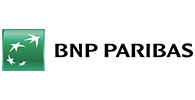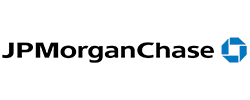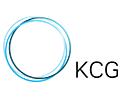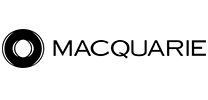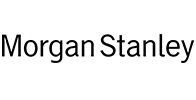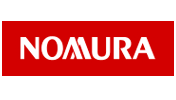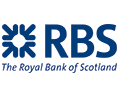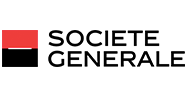Market Behaviour Using Supply and Demand Order Flow
Want to Read the Market Like a Pro? Start with Supply and Demand Order Flow
If you’ve ever asked yourself, “Why did the market reverse there?” or “What’s driving these moves?”, you’re not alone. The forex market may seem unpredictable, but behind the price candles lies a constant tug-of-war between two forces: supply and demand.

When you understand order flow, the way buy and sell orders enter the market, you begin to see price movement not as random, but as the result of real trading behaviour. In this article, we’ll explore how supply and demand order flow reveals market intent, how it affects currency pairs, and how you can use it to become a smarter, more strategic trader.
What is Supply and Demand Order Flow?
Let’s break it down:
- Supply = Sell orders (traders willing to sell at a certain price)
- Demand = Buy orders (traders willing to buy at a certain price)
- Order Flow = The actual stream of buying and selling that happens in real time
When demand exceeds supply, prices go up. When supply overwhelms demand, prices go down. It’s simple economics, but it plays out second by second in the forex market.
Understanding where these orders are likely sitting (e.g., at support, resistance, breakout zones) gives you an edge. You’re no longer just reacting to price, you’re anticipating it.
How Order Flow Shapes Market Behaviour
The market doesn’t move randomly. It moves because of liquidity, intent, and reaction to new information. Here’s how:
- Liquidity Zones Become Action Points: Large orders tend to cluster around key price levels, round numbers, previous highs/lows, or news-based levels. These become zones where price is likely to stall or reverse. Example: If many traders have stop-losses below 1.1000 on EUR/USD, a sudden drop through that level can trigger a flood of sell orders, pushing the price even lower.
- Imbalance Creates Movement: When there’s a strong imbalance, say, too many buyers and not enough sellers, prices are forced to move until the balance is restored.
- Smart Money Leaves Clues: Institutional players (banks, hedge funds) often place large limit orders that can absorb price or create false breakouts. Watching how the price reacts at those points tells you a lot about real market strength.
How Traders Can Use This Insight
As a trader, you’re already dealing with a market influenced by external currencies, local inflation, and economic events. That makes it even more important to trade with a clear understanding of what’s driving price, not just what the charts look like.
Here’s how to apply it:
- Use support and resistance zones as potential supply/demand zones.
- Watch for volume spikes around news events, hey often indicate aggressive order flow.
- Combine order flow insight with a solid risk management plan to protect your capital in uncertain conditions.
Tools to Help You Spot Order Flow
While retail traders don’t have direct access to institutional order books, you can still read order flow through:
- Price action: Candlestick wicks, strong reversals, or consolidation zones tell you where orders are interacting.
- Volume indicators: Useful for spotting aggressive buying or selling.
- Order block analysis: Zones where price stalled and reversed due to large institutional orders.
- MT4 tools from FXCG: Use indicators and custom scripts to highlight potential supply/demand areas.
Example: Spotting Demand on GBP/USD
Let’s say GBP/USD has been trending down but suddenly bounces off 1.2500 with strong bullish candles and high volume.
That likely signals:
- A demand zone where buyers stepped in
- Short sellers are taking profit (reducing supply)
- Potential entry point with a tight stop just below the demand zone
Now apply an “if-then” rule:
If price returns to 1.2500 with confirmation, then I’ll enter long with a stop-loss below the zone.
FXCG: Trade with Precision and Speed
Understanding order flow is powerful, but execution matters just as much. That’s why FXCG gives traders:
- Raw spreads for better entry/exit precision
- ECN execution for faster, more accurate fills
- MT4 platform to analyse price action and set alerts
- Demo accounts to practice identifying supply and demand zones
Final Word: Don’t Just Watch Price, Read It
The more you understand supply and demand order flow, the clearer the market becomes. You’ll stop chasing trades and start anticipating them. You’ll move from guessing to reading intent, and that’s where consistent trading begins.
Ready to see what the market is saying? Start analysing order flow with FXCG’s MT4 tools and see the market through smarter eyes.


